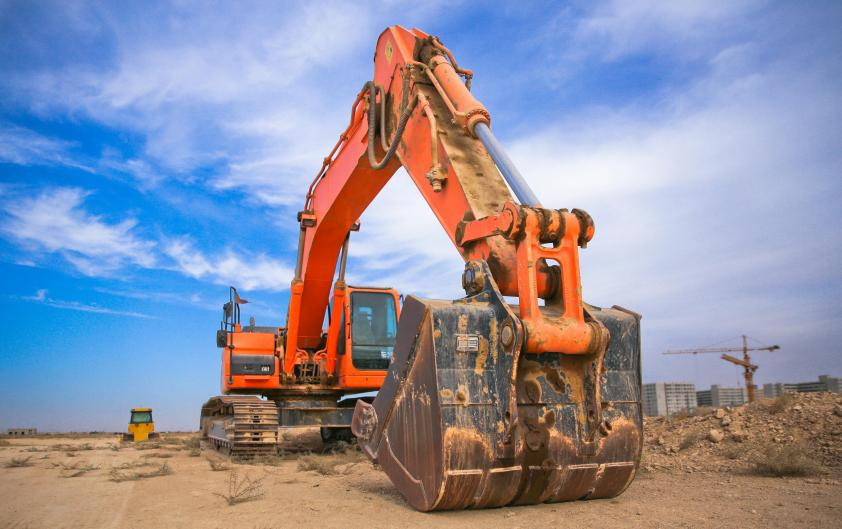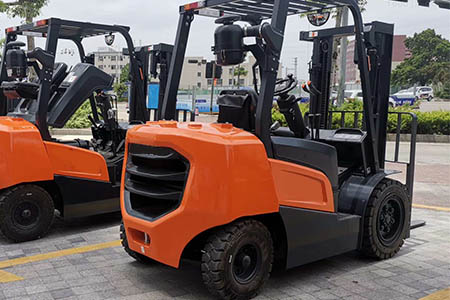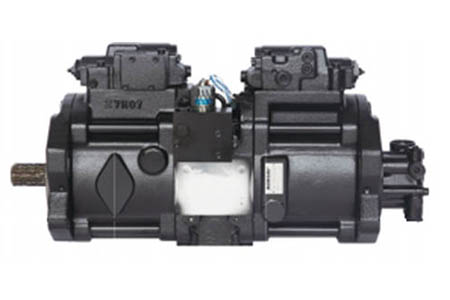The basic requirements of forklift maintenance
04-22-2023
Forklift maintenance mainly includes the following aspects: Cleaning. Keep the inside and outside of the forklift clean and tidy, regularly clean the body, engine, hydraulic system, etc., to remove dust, grease and other dirt, to ensure that no debris affects the normal operation of the forklift. Inspection work. Check the appearance of the forklift, fuel, lubricant and cooling water, etc., to ensure that the components work properly, including starting, running and braking performance, and whether the lights and sound signals are normal. Fastening Work. Checks and tightens fasteners, including tires, brakes, steering, hydraulics, electrical systems, etc., to ensure no looseness or damage. Adjustment work. Adjust various parts of the forklift, such as valve lash, hydraulic system, electrical system, etc., to ensure proper fit and efficiency. Lubrication work. Regularly lubricate the key components of the forklift, such as bearings, chains, slide rails, etc., to reduce wear and friction and extend the service life of the forklift. Battery maintenance. For electric forklifts, the battery status needs to be checked regularly, including charging and maintenance, to ensure its normal operation. Safe operation. During maintenance and servicing, it is important to follow safe operating procedures, such as shutting down the forklift and wearing safety gear. In addition, regular inspection and replacement of filters, including fuel, air and hydraulic filters, as well as regular checking of the battery status, are required to ensure proper operation and safe use of the forklift.
Read more>














